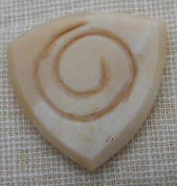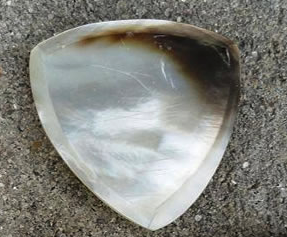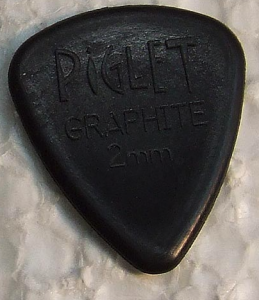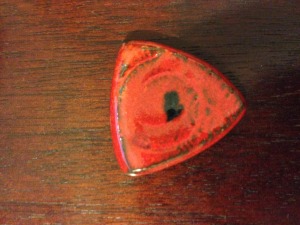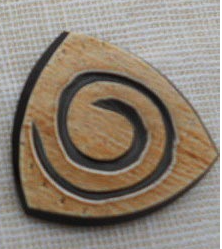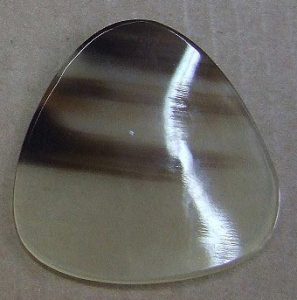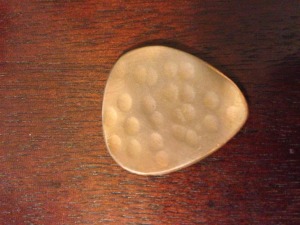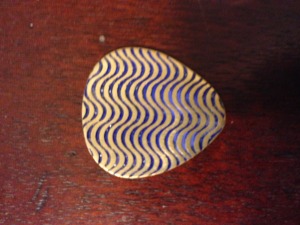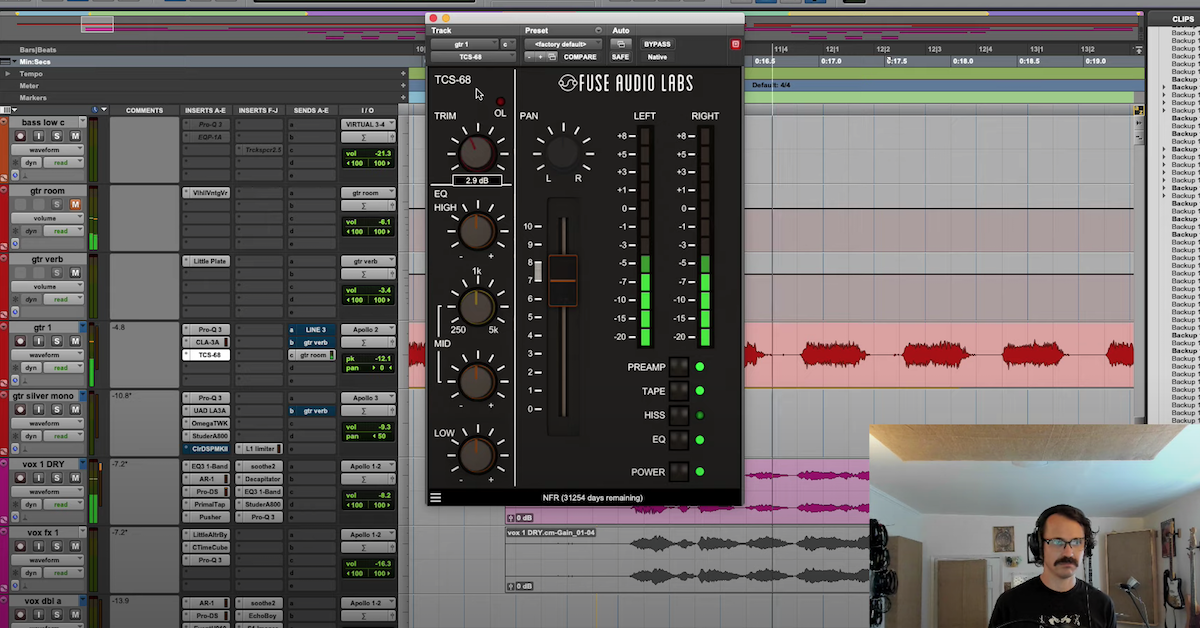How Different Pick Materials Sound on Electric Guitar
Article Content
Doc over at Rocky Mountain Slides sent me a care package with some new picks he’s making. They’re made out of ceramic. This is different from a traditional celluloid pick.
As you would expect, they not only have a different feel, but also a different sound.
Illusion of Choice
Guitarists rarely choose a pick based on sound. They’re usually concerned with how much speed the pick allows them to play with. Or how the pick feels in their hand.
There are all kinds of plastic picks too. A lot of the shapes are based on speed and grip control.
You would think that sound would play the biggest role in the choice. Guitarists mostly want to be comfortable.
There is also a compulsion to have access to the most speed possible. Which, by the way, is rarely needed.
Send Me Back My Money
Another choice in choosing picks has to do with price. They’re easy to lose. They seem to instantaneously combust.
Or there’s a gremlin somewhere who steals them. When I catch that little piece of …
Alternate World
Picks made from alternate materials aren’t uncomfortable or that expensive. They cost a little more than a 30 cent pick, but not so much that you can’t stock up on them.
Doc sent me not only the new ceramic picks he’s making but other picks he sells through his website. The materials included graphite, two different types of horn, bone and mother of pearl.
The Audible
I decided to split the test into two articles. The reason being, the audible difference on an acoustic and electric guitar are totally different.
It’s possible that a pick you like for electric may be different for acoustic. To get even deeper, it’s possible the pick you prefer in the studio won’t be the best live.
Perfect Love Affair
It’s funny how we take such a small thing for granted. A pick interacts with the guitar more than anything else.
If you think about it, picks made from stone, horn, copper and other materials are what guitarists of the past used. There wasn’t always a Dunlop factory, you know.
Neanderthal Man
Guitarists at one time had to use found objects. You know, cavemen (and women). Perhaps a nickel, tortoise shell or a stone. Ok, cavemen didn’t have nickels.
New Perspective
One other note worth mentioning is that the sound a pick makes may sound different from player’s perspective versus listener’s perspective.
Sometimes, I found that the sounds I didn’t prefer while playing, I loved during playback.
It’s for this reason that I always recommend listening back to sounds as you’re trying to record. Hit the record button and then step back while not playing. It’s the closest you can come to being objective.
Use the pick that sounds great for the part you’re recording. If you’re not doing speed picking it doesn’t matter if the pick allows for maximum speed.
I’ve mentioned in previous articles all the various plastic materials made by pick companies. I’ve also mentioned that I take a variety of picks to a session. It really is one of the best forms of EQ you can use.
Test Pilot
The following examples were recorded with:
- 60’s style Telecaster with D’Addario roundwound strings (10-46)
- Headstrong Lil King Reverb
- SM57 into Mbox into Logic Pro X
I kept it pretty simple and clean so you can really hear the subtleties of the materials.
I didn’t touch anything in between takes. No EQ or volume change at any stage.
—
Bone
Bone is a pretty round sound. Lots of lows and a nice midrange. The highs are also not harsh.
—
Abalone
We can hear a slight change in the low end and upper-mids. Not a drastic change but noticeable.
—
Graphite
There is more of a push in the upper-mids and attenuation in the low end. Also more punch.
—
Ceramic
The low end is back. There is a little scoop of the mids with the ceramic. It kind of reminds me of a fingernail hitting a string.
—
Horn 1
Low end is cut, there are more mids and the highs are also cut a little bit.
—
Horn 2
This is the main pick I’ve been using. It has a round edge. I like it because the highs aren’t really bright. It evens out the guitar in some ways.
—
Copper
The mids are really popping with this pick. There is also more clarity to the low end.
—
Brass
I think the difference between the copper and brass is which midrange frequencies are highlighted. The brass is definitely more upper-mid than the copper.
—
Fender Celluloid Heavy
One of the industry standards for many years. Some of the lower-mids are definitely scooped. It’s a pretty clear sounding pick.
—
Conclusion
What does all of this mean?
Well, you know how sometimes there is a frequency that you just can’t seem to get rid of on the guitar? You try different amps and pedals, but it’s still there?
Why not try a different pick. As you can hear in these examples, the EQ curve changes. Either adding or taking away frequencies.
It’s a good idea to have a selection of these picks at your studio.
Warning: It’s likely the guitarist is going to cry about the change. Just put a pacifier on a bottle of Dogfish Head 90 Minute IPA and they’ll calm down.
Check out part two featuring various picks on acoustic guitar.


